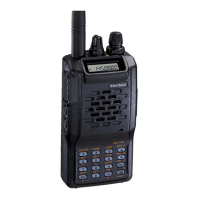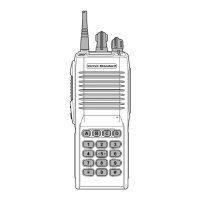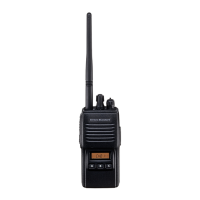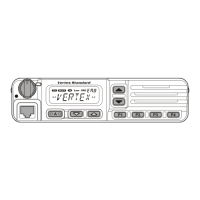Page 1VM-3500E
VM-3500E
25 Watt VHF/FM
Marine Transceiver
Owner's Manual
Oversized alphanumeric LCD, knobs and keys
30 W Loud Hailer with listen back and 4 fog horns, Bells & Whistles
Direct keypad entry of a channel using the keypad
Removable ClearVoice speaker microphone with 16/9 key and channel
selection
Display shows channel names, and repeats GPS information
8
Capable of connecting an optional enhanced RAM+ second station re-
mote microphone
DSC distress call automatically broadcasts lat/long and vessel ID
8
DSC position request function and NMEA data input/output to connect to
GPS Plotter
8
Versatile user-programmable Scanning, Priority Scan and Dual Watch
One-button access to Channel 16 and 9
8 with GPS attached









